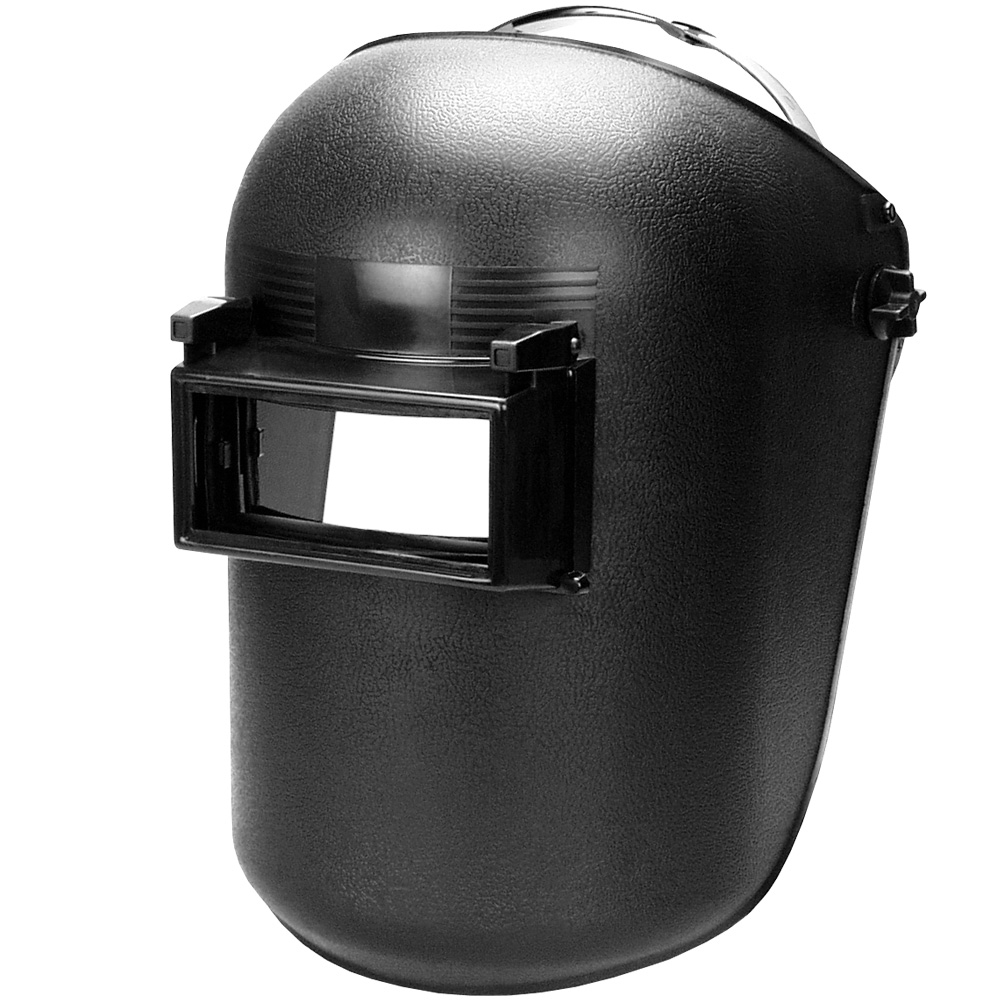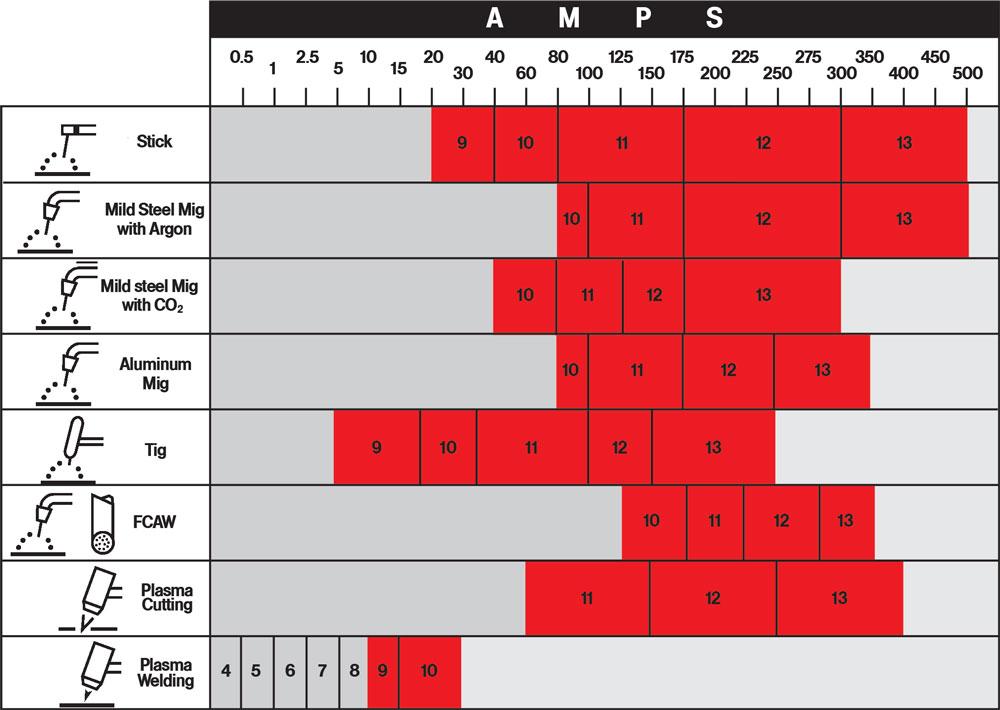

- Internal shade control vs external welding hood how to#
- Internal shade control vs external welding hood free#
There is another quick and easy method to test your lens operation, including the sensors, for troubleshooting purposes or your peace of mind. But remember, this test only determines that there is battery power and the ADF can work, it doesn’t prove that it will work when you strike an arc.

Many better auto-darkening welding shade elements have a self-test button to show you that the ADF in your helmet is working.
Internal shade control vs external welding hood how to#
How to test your auto-darkening shade lens Here’s a brief video showing what you can see in the light state compared to the darkened mode: As a hobbyist welder most often working in the corner of my garage, I think anything darker would be too dark for my comfortable use.īy comparison, blocking the brighter-than-the-sun welding arc, shade 9 allows just 0.037% light transmission, and shade 13 only 0.00072% (blocking 99.99928% of light!). My helmet has a base shade of DIN 3.5 (10%). Here are some of the best work lights for welding use. This is a significant difference that you should consider if you don’t always work in a brightly-lit area.
Internal shade control vs external welding hood free#
YESWELDER Large Viewing Screen 3.94"X3.66" True Color Solar Power Auto Darkening Welding.ĮSAB Halo Sentinel A50 Automatic Welding Helmet 0700000800 with Free AccessoriesĪ DIN shade 3 level allows around 14% of visible light through the lens, while DIN 4 is three times darker, allowing only 5% light transmission. YESWELDER True Color Solar Powered Auto Darkening Welding Helmet, Wide Shade 4/9-13 for. This light state is bright enough so you can see to set up your work without having to lift your hood.Īnd it allows you to see well enough to operate your grinder-provided your helmet has a grind mode to prevent grinding sparks from triggering the darkened state. Most auto-darkening lenses have a passive base level of DIN 3 or 4. As the DIN number increases, the lenses become darker and block more light. The DIN rating is a German industrial standard used to classify light filtering levels. What does the welding lens shade number mean? To protect your eyes, look for helmets meeting ANSI Z87.1 standards and review the manufacturer’s technical datasheets for a helmet’s permanent shade protection level. You may experience temporary spots in your vision from the brightness, but you won’t suffer permanent eye damage or painful conjunctivitis known as “welders’ eye” or “arc flash.” So, if the helmet battery dies, you leave the mask in grind mode (so easy to do!), or the ADF fails to darken for any reason, the lens still protects your eyes from damaging UV or IR rays. Instead of relying on dark state shade settings to block eye-damaging radiation, auto-darkening helmet manufacturers use special lens coatings to filter out the rays. “Has permanent protection (Shade 12 equivalent) against harmful UV- and IR- radiation, regardless of whether the filter is in the light or dark state or whether the auto-darkening function is operational.” -3M Speedglas 100 Datasheet The external blower for the range hood will be installed on the outside of your home, making it a much quieter option than a hood that is equipped with internal venting.Source: …and this from another helmet manufacturer:

The duct for your range hood can be installed through your cabinetry, along a wall, or suspended from the ceiling above a kitchen island, giving you more versatile options for placement. Installation is typically more complicated than models with an internal blower, and because of this and the extra duct length that is needed, these types of range hoods will cost more than a hood that simply recirculates the air.

Range hoods with external venting require an air duct to be installed from the length between the range hood and the exterior vent on the outside of your home. This results in cooler, cleaner, and fresher air in the surrounding area when the appliance is in use. An external blower functions by cycling out heat, smoke, odors, and more, and then pulling clean air from outside your home to replace the saturated air removed from your kitchen.


 0 kommentar(er)
0 kommentar(er)
